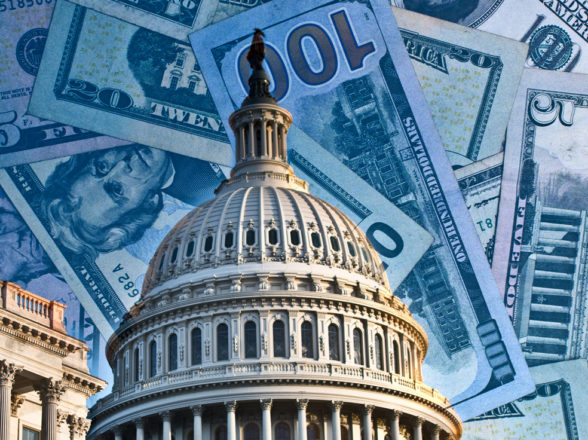Blog
2024 Year in Review: Gold and Silver Shine On

Investors have generally viewed the precious metals (gold, silver, platinum, and others) with a big dose of ho-hum. After a precious metals bull market after the dot.com bubble, the sector had flat to negative returns from 2012 until 2020. In 2024, the gold and silver markets have experienced significant movements driven by a combination of economic policies, geopolitical tensions, and industrial demand dynamics that are causing prices these to break to new highs.
Strong Start
Gold started the year on a strong note, continuing its upward trajectory from the previous year. This surge was primarily fueled by several factors including geopolitical instability, concerns about economic downturns, and the anticipation of interest rate cuts by major central banks. Early in the year, gold prices saw a notable increase, with some analysts predicting that gold could test levels above $2,400 per ounce. This bullish sentiment was supported by increased central bank purchases, especially from countries diversifying away from the US dollar. The World Gold Council reported that global demand for gold was robust, with investment demand remaining high due to gold’s role as a safe-haven asset amidst global uncertainties.
Summer Bump
By mid-2024, gold had not only met but exceeded these expectations, briefly surpassing $2,750 per ounce. This was influenced by softening economic data, moderating inflation, and a weakening US dollar, which typically correlates positively with gold prices. The market was also buoyed by posts on platforms like X (Twitter), where various financial commentators suggested that gold was trading as if a recession had begun, hinting at an even higher valuation in the coming months.
Silver Linings
Silver, on the other hand, had a more complex narrative throughout the year. Industrial demand for silver was a significant driver, particularly in sectors like solar energy, 5G technology, and electronics. The Silver Institute anticipated a fourth consecutive year of supply deficit, which suggested a strong underlying support for price increases. Silver prices saw a notable rise, with some forecasts suggesting levels could reach $34.70 per ounce by the year’s end, driven by both investment interest and industrial applications.
Swing Shift
However, silver’s journey was not without volatility. The metal experienced wild swings, reflecting the influence of both speculative trading and real-world demand dynamics. The industrial demand for silver in solar panel manufacturing, especially after the US imposed import duties on Chinese solar manufacturers, further tightened the supply, pushing prices higher.
Watch Me Now
By the end of the year, silver was trading at its highest level since 2012, up over 30% (similar to gold), largely due to these supply constraints and a surge in investor interest as a hedge against economic instability. The market sentiment on platforms like X highlighted that silver, like gold, was trading as if anticipating major economic or geopolitical disruptions, positioning it as a key commodity to watch.
Metals Maintain
In summary, 2024 was a year where both gold and silver not only maintained but significantly increased their market values, driven by a mix of economic policies, global demand shifts, and strategic investment behaviors. Gold’s status as a safe-haven asset was reaffirmed, while silver’s industrial applications alongside its investment appeal painted a picture of a dynamic and responsive market to global economic conditions.
































































































